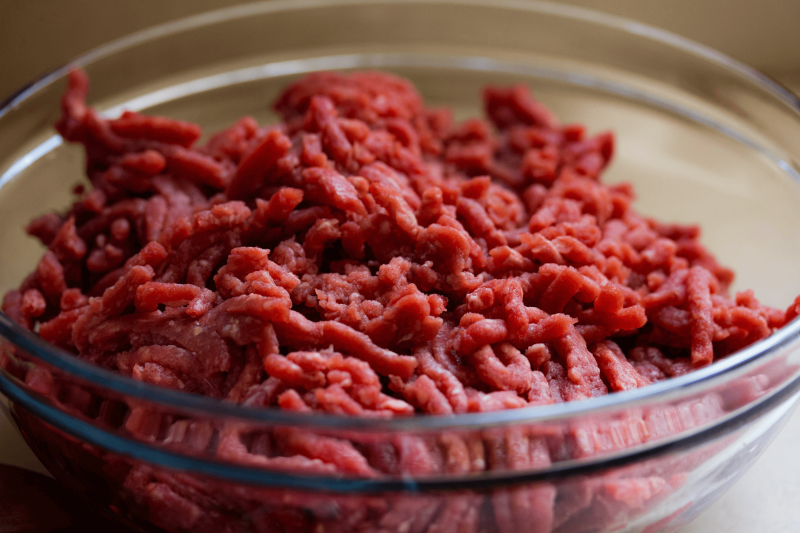Proponents of cultivated meat argue that it carries numerous environmental benefits compared to conventional agriculture — all of which are particularly relevant in the age of human-driven climate change. Companies can generate large amounts of meat with small cultures of cells, which could reduce the land and resources required to raise livestock. Potentially, according to Hudson Robotics, a half-gram of cow stem cells could produce 4.4 billion pounds of ground beef. The benefits of this could lead to other eco-friendly consequences, too — including lower demand for growing animal feed, reduced waste to manage, and less land to clear.
The livestock industry’s environmental footprint has only grown over the past few decades, and it’s estimated that the sector currently contributes somewhere between 11% and 19% of global greenhouse gas emissions, as per a report published by The Breakthrough Institute. And considering that worldwide demand for animal products is increasing, there is an imperative for scientists to find new ways to source protein without accelerating climate and land-use devastation.
The contemporary lab-grown meat industry isn’t exactly environmentally friendly. A preprint of research published by University of California, Davis revealed that in its current state, the environmental cost of producing cultured meat is higher than that of conventional meat. The report estimates that the global warming potential of lab-grown beef, calculated by measuring the carbon dioxide emissions per kilogram of meat produced, is between four and 25 times higher than traditionally sourced beef.































